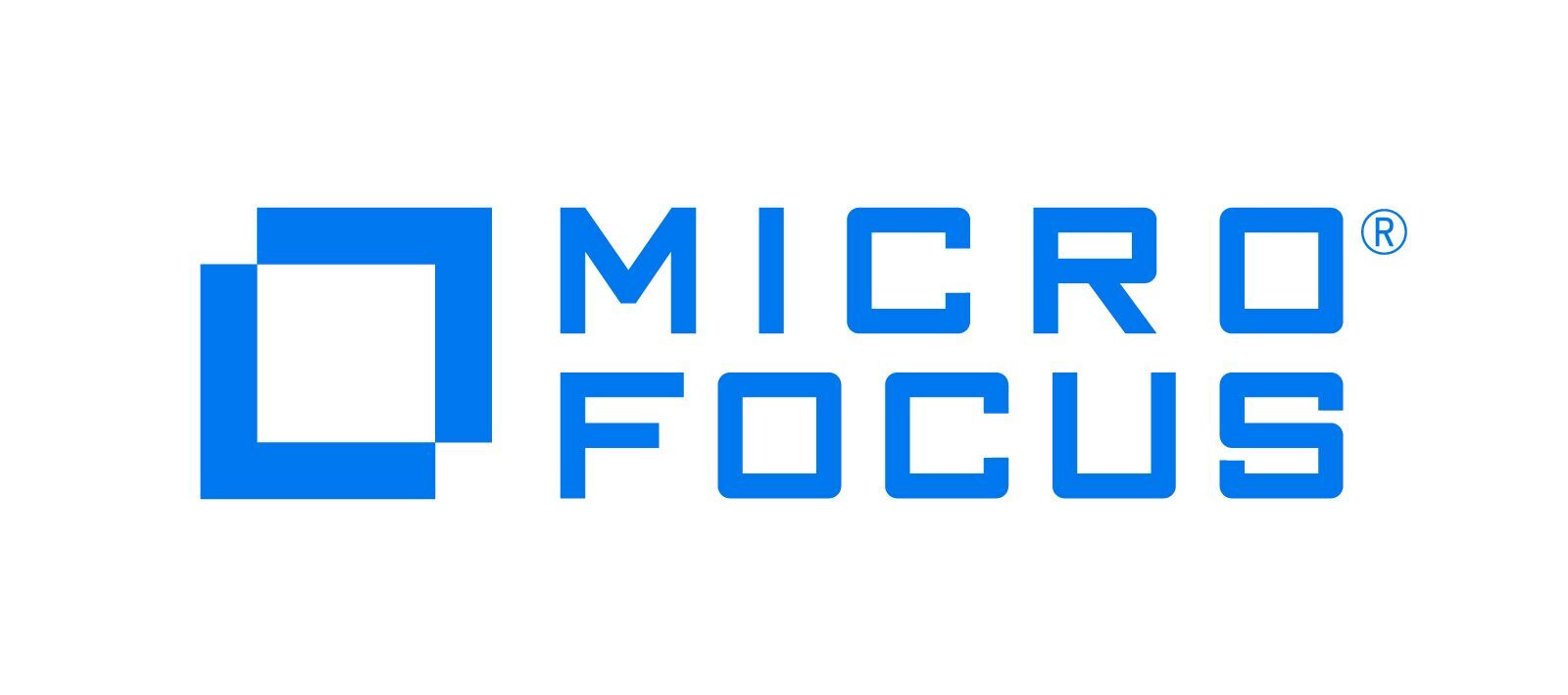Micro Focus ALM Octane
- Last updated
- Save as PDF

Overview
Micro Focus ALM Octane (formerly HPE ALM Octane) is Micro Focus' next generation of Application Lifecycle Management, specifically geared toward organizations that are looking to start or expand their Agile or DevOps initiatives.
Connector Setup Details
This section describes the basic steps needed to prepare your Micro Focus ALM Octane instance for use with Viz.
Minimal User Permissions & Viz User
We recommend that you create a new user within your external tool, to be used only for Viz. This is the user information you will enter when setting up your tool connection within Planview Viz. By creating a new user, you will ensure that the correct permissions are granted.
In general, your user account should have sufficient permissions to read artifacts in your tool.
Your user should have a secure password or token. Please be aware that Viz will not allow you to save a tool connection utilizing a weak password/token, such as 'tasktop.'
See instructions for creating a new user in Micro Focus ALM Octane.
List of minimal user permissions:
- The user must be a workspace admin for each workspace to be synchronized via Viz.
- Note: It is recommended that the account does not have the 'Shared Space Admin' role. This will facilitate faster listing of workspaces in the Tasktop UI.
Connecting to the Micro Focus ALM Octane Repository
Standard Authentication
Required Fields:
- URL
- Example Format: https://mqast001pngx.saas.hpe.com
- Username
- Password

API Key Access
Required Fields:
- URL
- Example Format: https://mqast001pngx.saas.hpe.com
- Client ID
- Client Secret

To find Client ID and Client Secret, see Octane help instructions here.
- Log into the side administration.
- Navigate to "Shared Space."
- Add an API Access entry.
- Add all the workspaces that you wish to synchronize.

Supported Artifacts
Supported Work Items
|
Supported Work Item Type |
Applicable Repository Versions |
Unique URL? |
|---|---|---|
|
Feature |
Any supported repository version: |
Yes |
|
Epic |
Any supported repository version: |
Yes |
|
Story (User Story, Defect) |
Any supported repository version: |
Yes |
|
Task |
Any supported repository version: |
Yes |
|
Quality Story |
Any supported repository version: |
Yes |
|
Requirement Document |
Supported versions including 12.55.9 and later |
Yes |
Supported Containers
|
Containers that can be modeled as Flow Items |
Applicable Repository Versions |
Unique URL? |
|---|---|---|
|
N/A |
|
|
|
Containers used to define which artifacts are included in an Artifact Set |
|
|
|
Workspaces |
Any supported repository version: |
N/A |
Supported Field Types
Planview Viz supports configuring rule-based modeling (i.e., conditional modeling) using the field types shown below.
Note: If one field of a given type is supported, others that are also that type in theory should also work. However, sometimes there are instances in which this is not the case due to the repository. So, while we can claim support for fields at the type level, there is a chance that some specific fields of a given type will not function properly.
|
Standard Field Type |
How is field type referenced in the repository? |
Sample Repository Fields Supported |
Particular Repository Fields NOT Supported |
|---|---|---|---|
|
|
String |
Formatted ID Blocked reason Name |
|
|
|
List Release Team |
Workspace Team Sprint Release Phase |
Test Data Table (Manual Test Type) Issue (Defect Type) |
|
|
List (allow multiple selections) Release (allow multiple selections) Team (allow multiple selections) |
Tags |
|
|
|
Boolean |
Has attachments Blocked |
|

